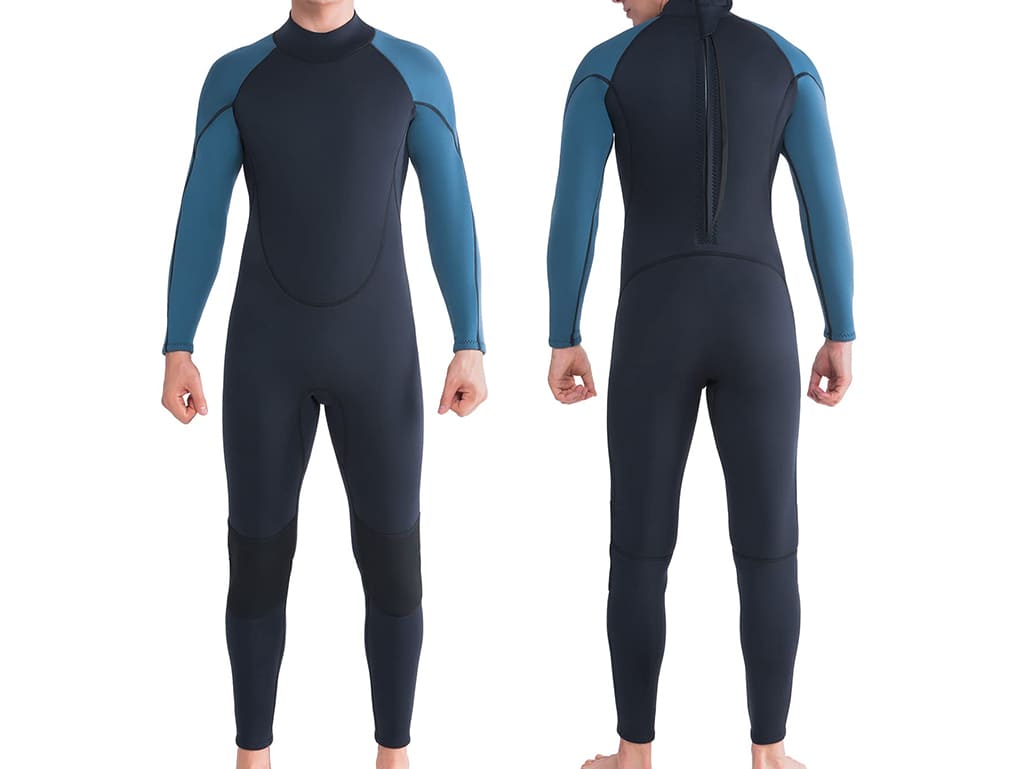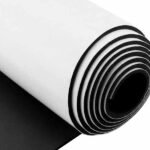When you’re exploring the beauty of the underwater world or enjoying water sports, staying warm is essential for comfort and safety. That’s where wetsuits come into play, but how effective are they in keeping you warm?
A wetsuit keeps you warm by trapping a thin layer of water between your skin and the suit, which your body then warms up to act as insulation. It’s designed to reduce heat loss and protect you from cold water temperatures.
I’ve often found that the right wetsuit makes all the difference in enjoying water activities, especially in chilly conditions. Let’s explore how they work and what to consider when choosing one.
Does Water Still Feel Cold in a Wetsuit?
When entering cold water, the initial sensation might still feel chilly.
Yes, water can feel cold initially when you wear a wetsuit, but it quickly warms up as your body heats the trapped water layer, providing insulation.
This layer of warmed water acts as a barrier against the colder water outside the suit.
Why Does Water Feel Cold at First?
- Initial Contact: The water that enters the wetsuit has not been warmed by your body yet.
- Warming Process: Your body heats the water within minutes, creating a comfortable barrier.
- Fit and Thickness: A well-fitted wetsuit with the right thickness minimizes water circulation, keeping the warmth intact.
Does Wearing Clothes Under Wetsuit Keep You Warm?
Many wonder if additional layers help under a wetsuit.
No, wearing regular clothes under a wetsuit doesn’t significantly increase warmth. Specialized thermal or rash guards are more effective as they are designed to fit snugly and retain heat.
I’ve seen some clients try wearing T-shirts under their wetsuits, which often leads to discomfort and reduced efficiency.
Best Options for Layering
| Item | Benefits | Drawbacks |
|---|---|---|
| Thermal Layers | Adds insulation and comfort | Can reduce mobility slightly |
| Rash Guards | Prevents chafing and adds slight warmth | Minimal thermal benefit |
| Regular Clothes | None | Uncomfortable and not water-efficient |
Choosing the right underlayer ensures comfort and warmth without compromising performance.
How Does a Wetsuit Keep You Warm?
The science behind wetsuits lies in their design and material.
A wetsuit keeps you warm by creating a barrier between your body and the cold water, trapping a thin layer of water that your body heats to provide insulation.
The neoprene material used in wetsuits plays a significant role in maintaining body heat.
How Neoprene Works
Trapping Heat
Neoprene contains tiny air pockets that trap heat, reducing heat loss in cold environments.
Preventing Water Circulation
A snug fit ensures limited water movement inside the wetsuit, allowing the trapped water to stay warm.
Insulation Properties
The material’s thickness determines how much insulation it provides, with thicker wetsuits offering better warmth for colder waters.
What Temperature Is a Wetsuit Good For?
Wetsuits are designed for different water temperatures based on their thickness.
A wetsuit is suitable for water temperatures ranging from 50°F (10°C) to 77°F (25°C), with specific thicknesses recommended for each range.
For colder waters, thicker wetsuits with additional features like sealed seams and thermal linings are ideal.
Wetsuit Thickness Guide
| Water Temperature (°F/°C) | Wetsuit Thickness | Features Recommended |
|---|---|---|
| 70°F+ / 21°C+ | 2mm or less | Shorty or spring suits |
| 60-70°F / 16-21°C | 3mm-4mm | Full suit, sealed seams |
| 50-60°F / 10-16°C | 5mm-7mm | Full suit, hood, gloves, and booties |
| Below 50°F / 10°C | 7mm+ | Full suit with integrated hoods |
Understanding these ranges ensures you choose the right wetsuit for your needs.
What Are the Key Factors to Consider When Choosing a Wetsuit?
Selecting the right wetsuit involves considering various factors.
Key factors include water temperature, activity type, fit, and thickness. Ensuring a proper fit and appropriate features will enhance both comfort and performance.
At our factory, we emphasize customizing wetsuits to match these requirements.
Important Considerations
Fit
- A snug fit ensures minimal water circulation inside the suit.
- Too tight can restrict movement; too loose reduces insulation.
Thickness
- Thicker wetsuits provide better warmth but may limit flexibility.
- Choose the thickness based on the expected water temperature.
Additional Features
- Sealed Seams: Prevent water leakage for added warmth.
- Zipper Placement: Front zippers are easier to put on, while back zippers are less intrusive.
- Accessories: Hoods, gloves, and booties enhance warmth in colder conditions.
Conclusion
Wetsuits are an essential tool for anyone venturing into cold water, providing warmth and comfort through their innovative design. Whether you’re a seasoned diver or a casual swimmer, understanding how wetsuits work and choosing the right one ensures a safe and enjoyable experience. At Szoneier, we specialize in manufacturing high-quality custom neoprene wetsuits tailored to your needs. Contact us at info@neoprene-bag.com or visit www.neoprene-bag.com to discuss your custom wetsuit requirements today.











